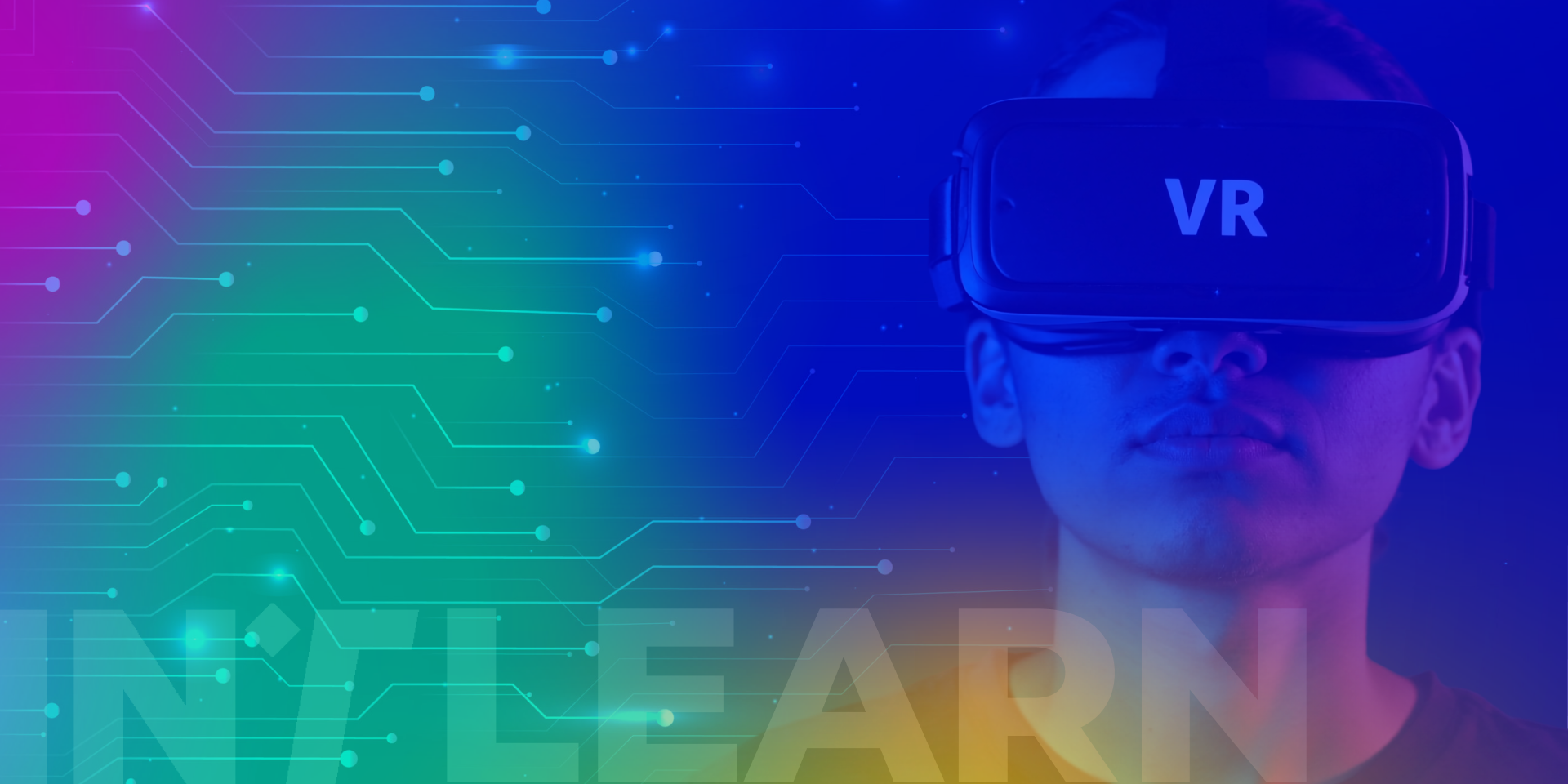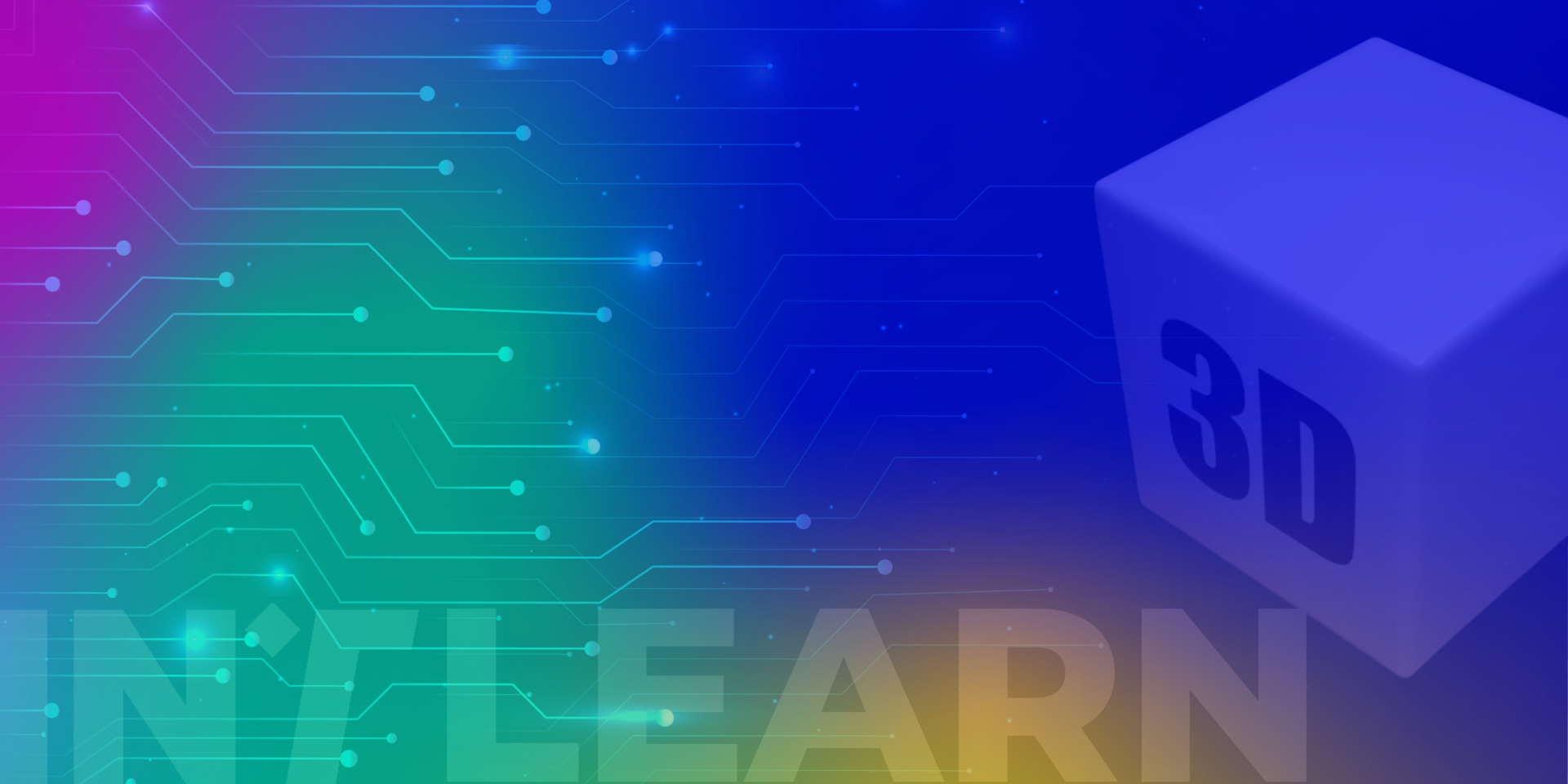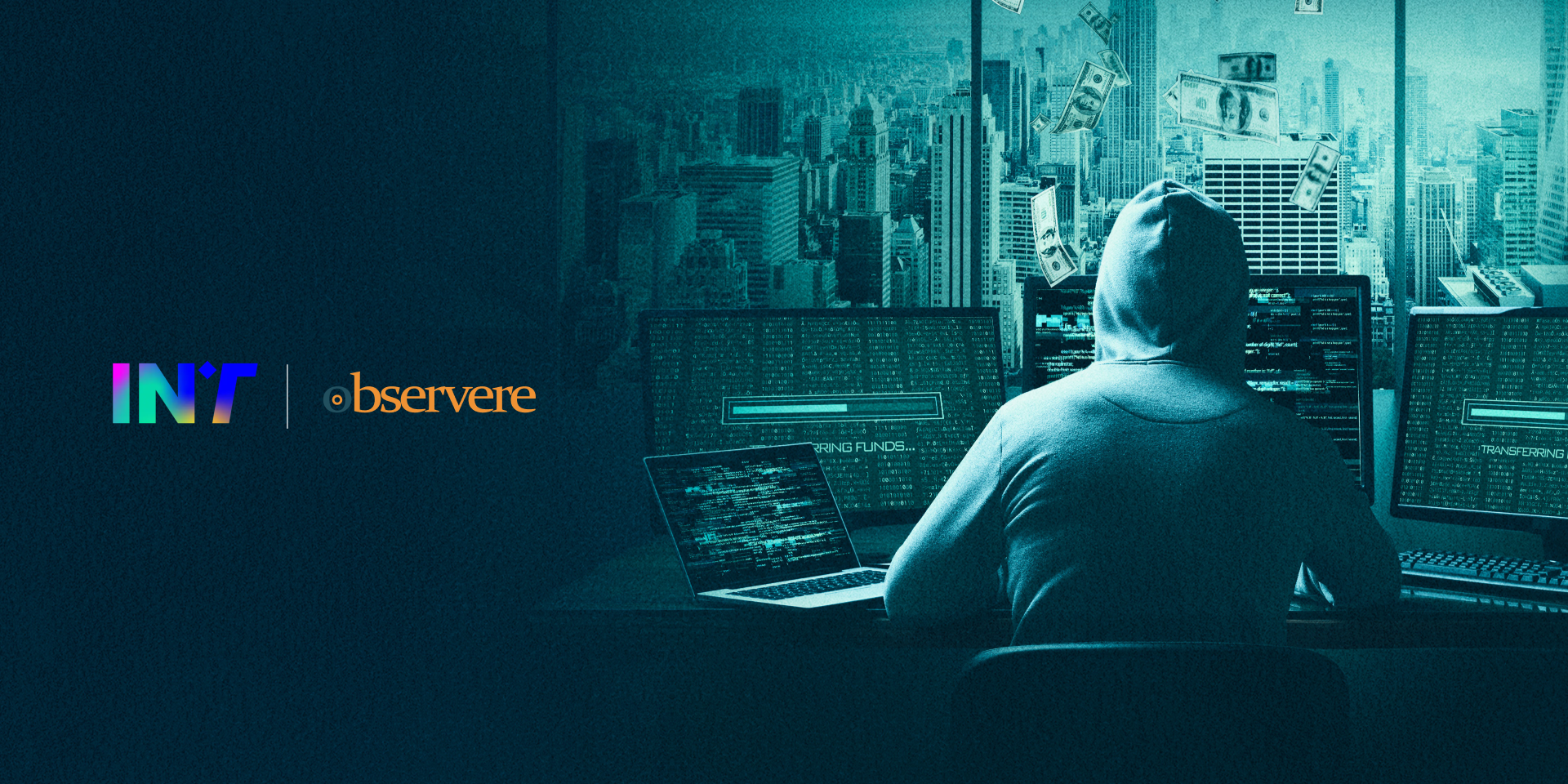History, functionalities and fields of application about Virtual Reality
Virtual Reality (VR): A technology that constitutes a simulated reality, a digital environment in which the user is immersed through the use of a dedicated headset. This technology completely envelops the user, entirely suppressing the visual perception of the surrounding physical world.
VR is an immersive technology that projects the user into any three-dimensional (3D) environment through a specific device, concealing external reality.
HISTORY
The evolutionary path of Virtual Reality (VR), while often perceived as a recent phenomenon, has its historical roots in pioneering attempts dating back to the nineteenth century. The fundamental concept of recreating three-dimensional perception was introduced by Sir Charles Wheatstone with the discovery of stereoscopy and the subsequent creation of the first View-Master viewers.
After ambitious attempts, such as the Sensorama in the 1960s, and an initial phase in the video game sector of the 1990s, with Sega VR, Nintendo Virtual Boy, and Sony Glasstron, the actual technological maturation of VR only materialized in the first two decades of the new millennium.
The acceleration driven by the advent of the Internet, the miniaturization of microprocessors, and the widespread diffusion of smartphones created the necessary infrastructure for the boom of 2016. This year was marked by the launch of Oculus Rift, Playstation VR, Google Cardboard, and Samsung Gear VR, paving the way for the current ambition of creating interconnected worlds like the Metaverse. These changes demonstrated a transition from mere technological curiosity to a medium with constantly expanding application potential.
FUNCTIONALITIES
Virtual Reality (VR) offers a fluid and immersive experience thanks to a combination of advanced technologies and wearable devices.
The user experiences VR through a headset which, to ensure realistic interaction, is equipped with an accelerometer, a magnetometer, and a gyroscope. These components operate in synergy for Head Tracking: the displayed image synchronizes and moves fluidly with the user’s head movements, in all directions.
Extremely rapid response times (between 50 and 30 ms) are essential for simulating perfectly realistic movement in the virtual space.
For an optimal experience, the headset must have an ideal Field of View between 100 and 110 degrees and a Frame Rate (image projection frequency) between 60 and 120 fps to prevent choppy vision.
Eye Tracking, a sophisticated infrared system, records eye movements to adjust the depth of field. A crucial element for realism is also the professional multi-channel audio system, which reproduces sounds coming from all directions and generates the Doppler Effect, making the sound more intense when close and attenuated when far away. Finally, interaction with the virtual environment is allowed by the use of accessories such as Controllers and gloves, which enable manipulation of the environment in a manner analogous to what would happen in the real world.
DIFFERENCES WITH AUGMENTED REALITY
Although Augmented Reality (AR) and Virtual Reality (VR) are often confused, the differences between the two technologies are fundamental. While AR maintains the real world as the primary reference context, VR creates completely immersive experiences in synthetic environments.
This distinction can be more clearly understood by analyzing their respective modes of use. While the application of digital filters on social platforms is considered Augmented Reality, VR, on the other hand, transports the user into completely artificial parallel dimensions, employing avatars or alternative graphical representations.
FIELDS OF APPLICATION
Virtual Reality (VR) is a technology with extensive fields of application, ranging from entertainment to professional sectors.
The video game sector was the first to fully exploit its potential, offering total immersion that significantly increases player engagement. Concurrently, in the furniture field, VR allows architectural and interior design firms to present interior projects, offering clients the opportunity to virtually visit their future home and independently select finishes and furnishing elements.
A further and crucial area is the medical field, where VR is used for visualizing the activity and status of human body organs and for simulating operations. This provides surgeons with an indispensable tool for studying complex cases and effectively preparing for surgery.






